Hypothetically, how would our lives be impacted if plastic were banned in the U.S.? Would we have a cleaner, safer environment? Depending on the source, it is estimated that we use more than 260 million tons of plastic each year. Much of this plastic ends up in our oceans. Somewhere between 60-80% of the total debris in the oceans is made up of plastic materials. The danger lies in the toxins that are leaching out of the plastic into the oceans threatening ocean life. The same goes for plastic material breaking down in landfills leaching harmful chemicals into the ground water.
Plastic Bags in The Grocery Store:
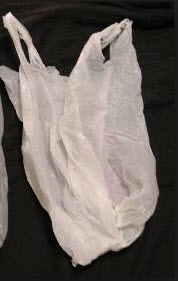
Why are so many plastic bags dispensed in stores? The obvious reason is cost. Bags costs 2-4 cents per bag. It's a pretty inexpensive and handy way to get a multitude of items from one place to the next for the consumer. The folks at Bag the Ban state on their website that plastic bags are the most environmentally friendly option for stores. They are 100% recyclable and actually put less of a burden on the environment because they require less natural resources to produce and transport.
Did you know that American plastic bags are made from natural gas not oil? Yes, 85% of the raw material used to make plastic bags is produced from natural gas.
What about global warming? Some information from the U.K. Environmental Agency suggests that it would take 7.5 years of using the same cloth bag going to the grocery store once a week before it's a better option for the environment than a plastic bag reused 3 times.
Getting back to the premise of this article, if plastic was banned from the U.S. we would be putting our purchases in paper bags or cloth bags. That is itself does not constitute a huge inconvenience. What we don't think about is that cotton is the most pesticide intensive crop in the world! These pesticides kill and harm many people yearly. Chemical defoliants (A chemical sprayed or dusted on plants to cause the leaves to fall off.) used in cotton harvesting also take a toll on the environment and human health. These chemicals typically remain in the fabric after finishing, and are released during the lifetime of the garment.
Once the cloth bag is made, if it is bleached or dyed for aesthetic appeal water usage soars. As the bag is washed, the dye can end up in rivers and treatment plants- yet another problem for the environment.
Plastic Used In Packaging
Why is so much plastic used in packaging our foods? Plastics offer a combination of flexibility (both rigid and flexible), strength, lightness, impermeability, stability and ease of sterilization. Plastics food packaging does not affect the taste and quality of the foodstuff. It actually offers an effective barrier that ensures that food keeps its natural taste while protecting it from contamination. Plastic is so versatile that it can go from packaging fresh meat as well as oils and bottle beverages. Add to that the fact that plastic weights a lot less than say glass or metal. Lighter packaging means less transportation energy needed, and therefore less emissions. So conceivably, if plastic went away in the food industry, would our oceans be cleaner but our air and run-off from roads be more toxic? Would we be replacing the toxins from plastic leaching in the ocean with gas and oil run-off in our body of water and air?
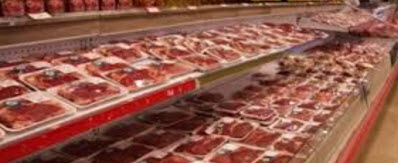
If plastic was not used in packaging foods, would we be able to see what was in the container? If glass containers were used, we could see the food, but the container would take up more space in the store, thus needing addional refrigeration space which would tax the environment.
Plastic Used in Building Construction
What if plastic pipes were no longer available to use in homes? What if plastic was removed from insulation, window frames, and interior materials? Copper piping has replaced pipes in many homes and construction projects. Both plastic and copper leach potentially harmful things into the water. So if plastic pipes were gone, much heavier copper pipes would be used, which would incur higher transportation costs, and installation costs. Plastic pipes can bend for an easier installation situation.
Plastic Used in Transportation (Cars, Planes, Boats, etc)
Automobile manufacturers have a balancing act to contend with when they are designing a car. They want fuel efficiency and strength; economically feasible pricing and reliability all with minimal environmental impact. This is where plastic has the advantages. Plastic components weigh 50 percent less than similar components made from other materials- which equates to 25-35% improvement in fuel economy. Lighter cars means less carbon dioxide emissions over the operating life of the vehicle. Bumpers, seat belts, airbags and shock absorbers have made be strides by utilizing plastic.
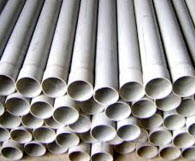
The aerospace industry had embraced plastic designs to increase fuel efficiency, weight reduction while offering safety. Plastic went away, our planes would return to the planes of years gone by. On the surface it seems like plastic offers an advantageous solution.
Plastic Used In Electrical and Electronics
Plastic is used extensively in the electronics sector from phones, headsets, to wire to carrying current. Plastic parts make these items weigh less and consume less energy. The invisible resource efficiency effect takes place as a result of using plastic parts. 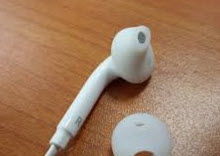
Plastic has the ability to isolate electrical currency, combined with their resistance to mechanical shocks and stress as well as flexibility and durability, makes them ideal for vital applications such as safe, reliable and efficient power supplies. Without plastic in life, would we have the used of these products?
Agriculture and Plastic
No doubt about it, growing crops wouldn't be where it is today if we couldn't use various forms of plastic for greenhouses. Miles and miles of greenhouse structures cover our world filled with crops to feed society.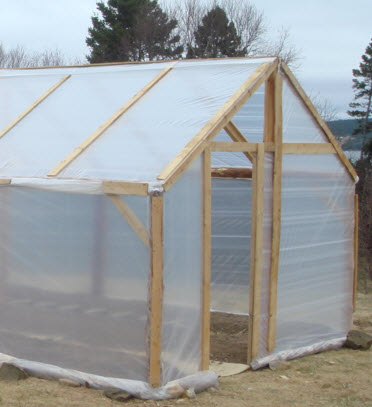
What types of plastic are used for greenhouse growing? Polyolefin, Polyethylene (PE), Polypropylene (PP), Ethylene-Vinyl Accetate Copolymer (EVA), Poly-vinyl chloride (PVC) and, in less frequently, Polycarbonate (PC) and poly-methyl-methacrylate (PMMA).. These plastics allow water to be saved, heat to be retained, and plants to grow in the off season. Best of all, greenhouse plastic can be recycled and made into outdoor furniture, etc.
Growing Applications:
Plastic makes terrific greenhouse covers. Plastic is used for mulching by maintaining humidly and reducing evaporation. The heat also makes for ideal environment for the plant's root, while keeping weeds from growing.
Plastic liners are often used for making reservoirs, ponds, and storing water. It is used to store animal's grains and straw during the winter and are used for silage storage. If plastic was not available for these applications, big barns would have to be erected, and a great deal of efficiency would be lost.
The list of items containing plastic goes on and on. Here is a partial list:
|
LDPE |
LLDPE |
HDPE |
PP |
PET |
|
Food Packaging |
Food Packaging |
Nonfood Packaging |
Oriented |
Recording Film |
|
Nonfood Packaging |
Nonfood Packaging |
Food Packaging |
Unoriented |
|
|
Shrink Wrap |
Stretch Wrap |
Grocery Sacks |
Nylon |
|
|
Stretch Wrap |
Carryout Bags |
Other Retail Bags |
|
|
|
Carryout Bags |
Trash and Can Liners |
Trash Bags and Liners |
|
|
|
Trash and Can Liners |
Other |
Other |
|
|
|
Other |
|
Root Barriers |
|
|
|
|
|
Pond Liners |
|
|






